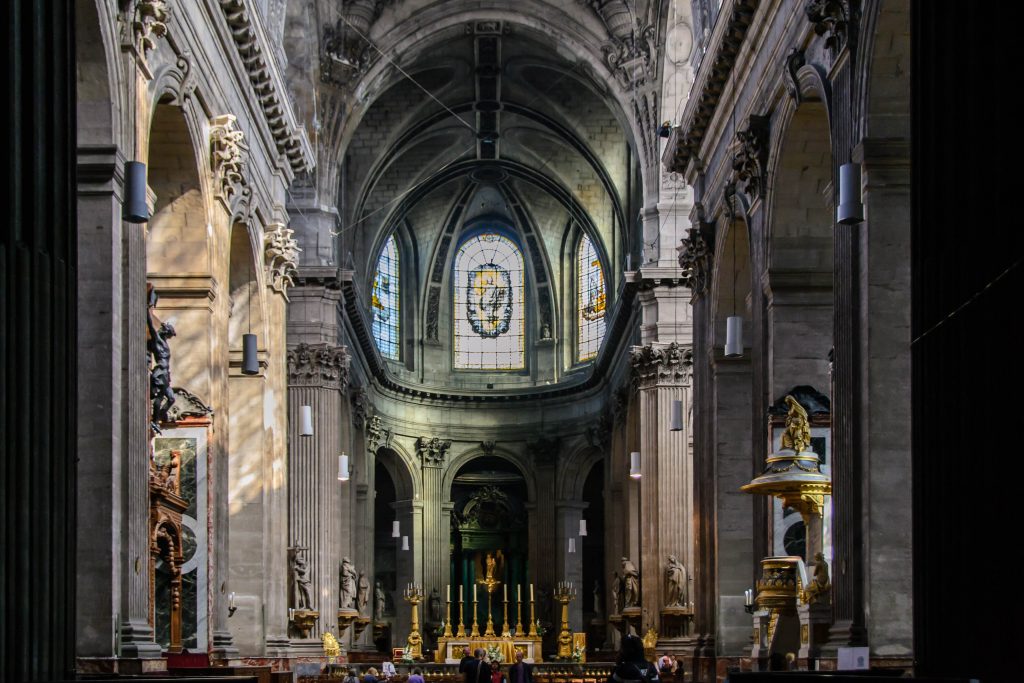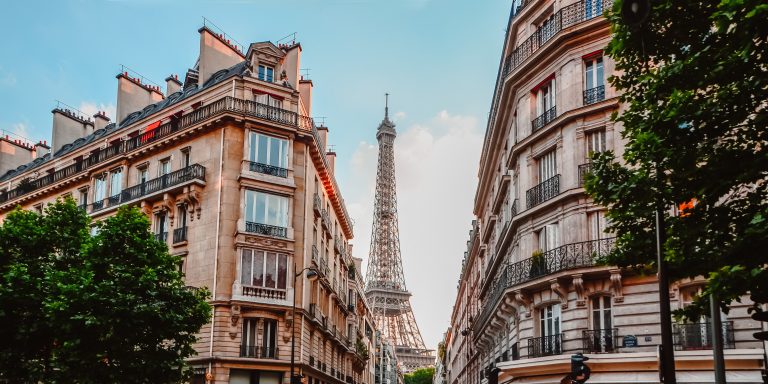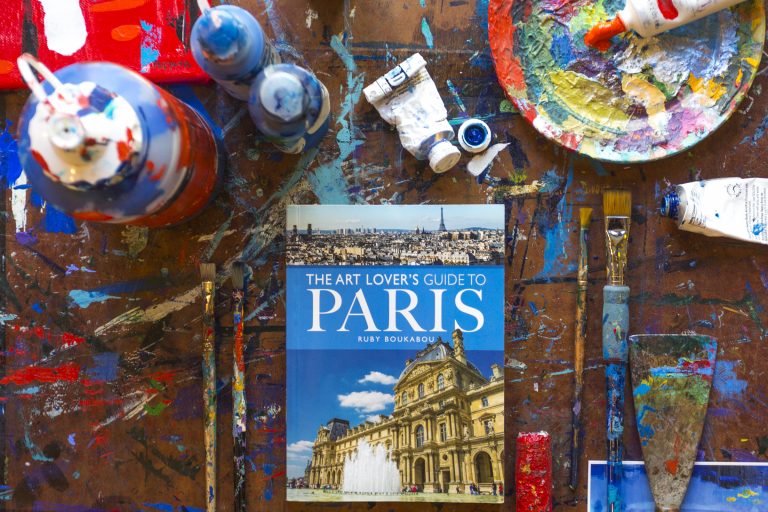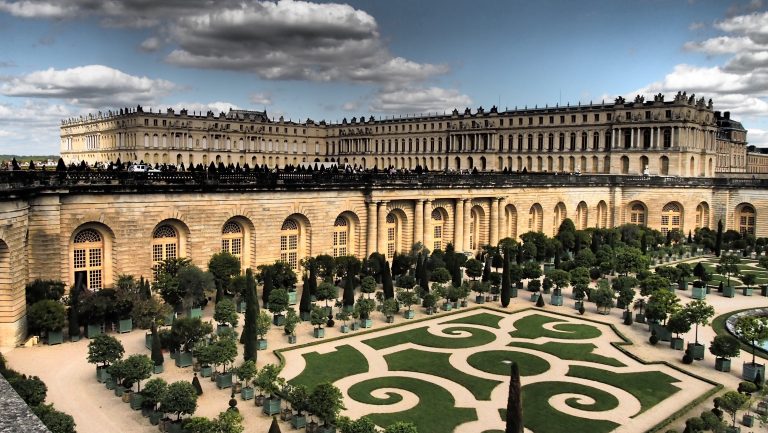Five churches to visit in Paris while Notre Dame is being repaired
Notre-Dame Cathedral in Paris is not scheduled to reopen to the public until 2024.
In the meantime, here are five other magnificent churches to visit on a trip to Paris.
Sainte-Chapelle
The church was built on the Île de la Cité on the orders of Louis IX to house the purported Crown of Thorns (later moved to Notre-Dame and, since the 2019 fire, held in the Louvre). High ribbed vaults are supported by slim columns, and overall building supports are via ring anchors, iron reinforcements and external buttresses. The lower chapel, with its many columns, was open to commoners to worship, while the upper chapel was exclusive to the Royal Family.
The chapel is famous for arguably the most beautiful stained-glass windows in the world, which filter the light through fifteen windows to divine, kaleidoscopic effects (recitals here are magical). The windows of the nave depict scenes from the Old Testament, while the eastern apse windows depict the New Testament. On the western wall is a large rose window with flamboyant tracery. Also look out for the scenes of the discovery of the relics of Christ being brought to Paris with King Louis IX on the west of the south windows. Epic and illuminating.
Saint-Paul-Saint-Louis
99 rue St. Antoine, 75004
Financed by Louis XIII, this Baroque church was built in the Marais between1627 and 1641. Breaking from the Gothic trend, it combined Roman and classical French architectural plans by Jesuit architects Étienne Martellange and François Derand. Architectural influences include the Gesù in Rome (the 1584 Jesuit church with similar but smaller side chapels and a single nave), and Saint-Gervais-Saint-Protais (for the bays and columns on the façade), Italian Baroque (the dome above the crossing) and French Gothic style (the height of the dome at 55m/180ft). Cardinal Richelieu celebrated the first Mass here in 1641. Leave through the side exit to discover a cute cobblestoned laneway.
Saint-Julien-le-Pauvre
79 rue Galande, 75005
Saint-Julien-le-Pauvre is considered one of the oldest churches in Paris, built in 1165 but dating back even earlier in another form. It fuses Romanesque and early Gothic styles and houses a paving stone from the original Roman road from Lutetia (Paris) to Orléans. Intimate and peaceful, it is also a lovely place to just sit quietly or attend a piano recital. Since 1889 it has been an Eastern Catholic Melkite church.
Saint-Sulpice
2 rue Palatine, 75006
https://pss75.fr/saint-sulpice-paris/
In 1646 Anne of Austria laid the cornerstone of this beautiful parish church that was built for the field workers to plans by Christophe Gamard, and later by Daniel Gittard. Saint-Sulpice was built on the site of a thirteenth-century Romanesque church and is the second largest church in Paris, located close to the Luxembourg Gardens on the Left Bank. The floor
plan resembled Notre-Dame and flying buttresses support the choir. The theatrical elegance is in the façade, with two towers, a double portico and monumental classical columns by Giovanni Niccolò Servandoni (aka Jean-Nicolas Sevran), a Florenceborn architect, decorator and set designer whose father was French. His inspirations included St Paul’s Cathedral in London. Inside you’ll find original murals by Romantic master Eugène Delacroix, including ‘Jason Wrestling with the Angel’ and ‘Heliodorus Driven from the Temple’. The church featured in the 2003 film The Da Vinci Code.
Sacré-Coeur Basilica
35 rue du Chevalier de la Barre, 75018
www.sacre-coeur-montmartre.com
Perched majestically on top of the Montmartre hill is Paris’ most iconic and romantic architectural building, the Sacré-Coeur Basilica. In Roman times, a temple for Mars and Mercury stood here, and when you visit you’ll understand why the spot is so special – at the highest point in Paris, it’s literally the closest place you can get to the planets, and to God. Not to mention the exceptionally inspiring vistas in all directions.
Construction of Sacré-Coeur began in 1871 after the defeat of France in the Franco-Prussian War the previous year. The Parisians were gloomy (or else drunk!) and the basilica was a symbol of repentance to God and of hope for a better future. Finance came from the faithful whose names are engraved in the walls.
The original architect was Paul Abadie, whose plans were inspired by a multi-domed seventeenth century Romanesque cathedral he had restored in the south of France, in Perigueux (Dordogne), Saint-Front, whose influences included Hagia Sofia in Constantinople/Instanbul (c.537), San Marco in Venice (consecrated in 832) and possibly India’s Taj Mahal.
The neo-romano-byzantine building has a square plan with four cupolas and a dome, while its most standout feature is the luminous white colour of the basilica created from the Château-Landon stones that naturally wash themselves and expel pollution when in contact with water. Other external features to look out for include a triple-arched portico, elegant equestrian bronze statues of French national saints Joan of Arc and King Louis IX, and the 19 tonne ‘Savoyarde’ bell that arrived in 1895 from Annecy, dragged by twenty-one horses. Inside, the floor plan is typical of a basilica in the shape of a Greek cross, with the dome sitting over the crossing. The choir loft is exceptionally large and features an awe-inspiring ceiling mosaic of Christ, to whom the basilica is dedicated. Luc-Olivier Merson’s all engulfing artwork depicts Christ, arms spread open and wearing a white robe through which glows a golden heart. The choice of blue and gold in the mosaic is one of the building’s Islamic architecture influences, as are the double domes and arcades of trefoil arches, as pointed out by Diana Darke in her book Stealing from the Saracens. The basilica was completed with several other architects such as Lucien Magne (1905-1916). While almost completed in 1914, it was not consecrated until 1919, as a result of the First World War. Climb the bell tower for an incredible panorama of Paris, but even from the steps in front there’s a terrific view, particularly spectacular at sunset.
Excerpt from The Architecture Lover’s Guide to Paris (Ruby Boukabou, White Owl Books)
https://www.amazon.com.au/Architecture-Lovers-Guide-Paris-BOUKABOU/dp/1526779978





